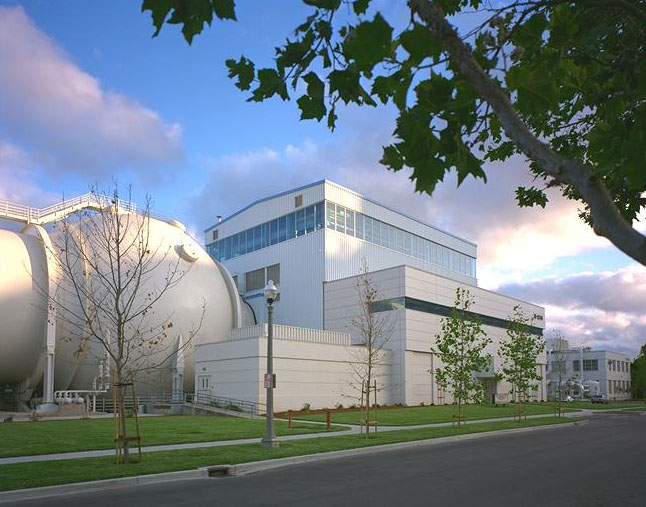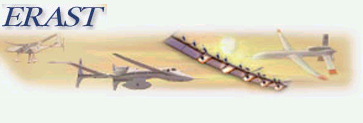By Tim Flores
Like the rest of the country, I read the newspaper accounts of NASA’s Mars missions in the late ’90s. Headlines touted the success of the 1996 Mars Pathfinder and, later, highlighted two of the 1999 Mars Surveyor program missions as failures. Unlike much of the country, my work at NASA gave me more than a passing interest in the headlines.
When I left my job at Ames Research Center in 1999 to go back to school, both of these projects were fresh in my memory. So, when it came time to choose a research project for my Master’s thesis, the Mars missions came to mind. I wanted to work on something of real value to NASA and, by looking at these projects from a new perspective, I hoped I would have something to offer the Agency.
Much had already been written about the Mars missions. At least two books had detailed the success of Pathfinder from start to finish. Committees had studied closely the Mars Climate Orbiter and Polar Lander, two not-so-successful Surveyor projects. Why did I think I had something new to say?
Asking questions
The Pathfinder, Climate Orbiter and Polar Lander projects all came out of the Jet Propulsion Laboratory (JPL). They were conducted under the same “faster, better, cheaper” mandate, were all of comparable scope and shared many similar elements and even some of the same team members. But they had very different end results; what accounted for the difference? Aside from the reported technical issues, what could have been the deciding factors between success and failure? Could the organizational design, politics or culture have been a factor?
With the help of my advisor at MIT, I developed my research project as an organizational study of the Mars projects, and I developed a lengthy set of questions to use when interviewing team members from the three projects. I anticipated that some of the people I spoke with might, quite understandably, be sensitive about discussing their work on a so-called “failed” mission, and I gave this a lot of thought.
When it came time to contact my research subjects on the Orbiter and Lander projects, I made it clear that I wasn’t interested in finger pointing and I wasn’t looking to blame anyone for failures. I explained that I was studying the strategic design of each project, i.e., the grouping, linking and alignment of the project. I wanted to look at the political environment to see how the goals and interests of stakeholders affected the outcomes, and I wanted to understand the working culture of each project.
In the end, I was impressed by the generous response of the participants; every one of them expressed a desire to share their knowledge and to help with my research.
Getting answers
I interviewed, in great depth, eight key figures from the missions (one subject worked on both Pathfinder and Surveyor, and I interviewed him separately about each). I expected to find that the Pathfinder differed from the other projects on a number of levels: resources, constraints, philosophy, and personnel. And this was, to some extent, true. But I was extremely surprised to find one fundamental element that distinguished the successful mission from the failed missions: teamwork.

Because dust extends high into the atmosphere, the Martian sky stays bright for up to two hours after sunset.
You can’t underestimate the value of effective teamwork. The Pathfinder team developed trusting relations within a culture of openness. They felt free to make the best decisions they could with the resources available to them, and they knew that they weren’t going to be crucified for mistakes. That trust never developed in the other programs.
Why did the individuals of one team work so well with another, while the other teams suffered from numerous conflicts and communication gaps? Tied into this are a number of factors. One of the things that Pathfinder did was to develop a flat organization, which allowed team members to make decisions across the board. They were not forced to follow the standard hierarchical protocol that usually exists in government programs. Team members were encouraged to speak to one another directly, rather than through managers, and they felt fewer bureaucratic limitations on their work.
Another factor: collocation. The Pathfinder team built their own spacecraft, and they were able to co-locate almost all the team on one floor in one building. Team members had frequent, informal face-to-face interactions on a daily basis. Consequently, they could respond to emerging issues quickly. Contrast to that the distance between the Orbiter/Lander prime contractor, Lockheed Martin Astronautics, in Colorado and the mission team at JPL in California. Working with dispersed teams made communication failures more likely, and communication failures, in turn, prohibited developing trust.
Never underestimate the power of positive thinking. Even though the budget for Pathfinder was an order of magnitude smaller than previous Mars missions, team members turned that into a “can-do” motivational factor. Management took the first step in creating a trusting environment that set the tone for positive results. The atmosphere brought out a strong performance ethic and the relentless desire to accomplish the mission. In contrast, the challenges for the Surveyor program were presented with a negative connotation of “two for the price of one” and “it couldn’t be done.”
Not surprisingly, my research uncovered many of the same factors identified by earlier studies as critical elements to the relative success or failure of the Pathfinder, Orbiter and Lander missions. The striking difference between the projects, however, became clear during my research: the cooperative relationships between team members across the boundaries on the Pathfinder mission did not exist on the other missions.
Without a doubt, sound science and technical proficiency are crucial to a project. But an examination of the Mars missions tells us that we can’t afford to overlook the relationships between the people doing the work.
In many ways, my research continues. I’m trying to apply the lessons I learned to my current work situation. I’ve pushed for more face-to-face communication and I’m trying to help build a relationship of trust between members of the various teams working on my project. If there’s one thing my research taught me, it’s that every project, no matter what its technical specifics, comes down to being a human capital effort.
Lessons
- You can enable success but cannot create it. Project managers must find the right balance between giving people the right independence (trust) to accomplish great things and providing the guidance to help them do it.
- Project management is a people industry. Gaining the trust of your followers will grant you more influence than any formal authority.
Question
In research, we expect to be surprised because that’s how we learn. On a project, we often greet surprises with some trepidation, understandably. How might you rethink “surprises” on a project as learning opportunities?










